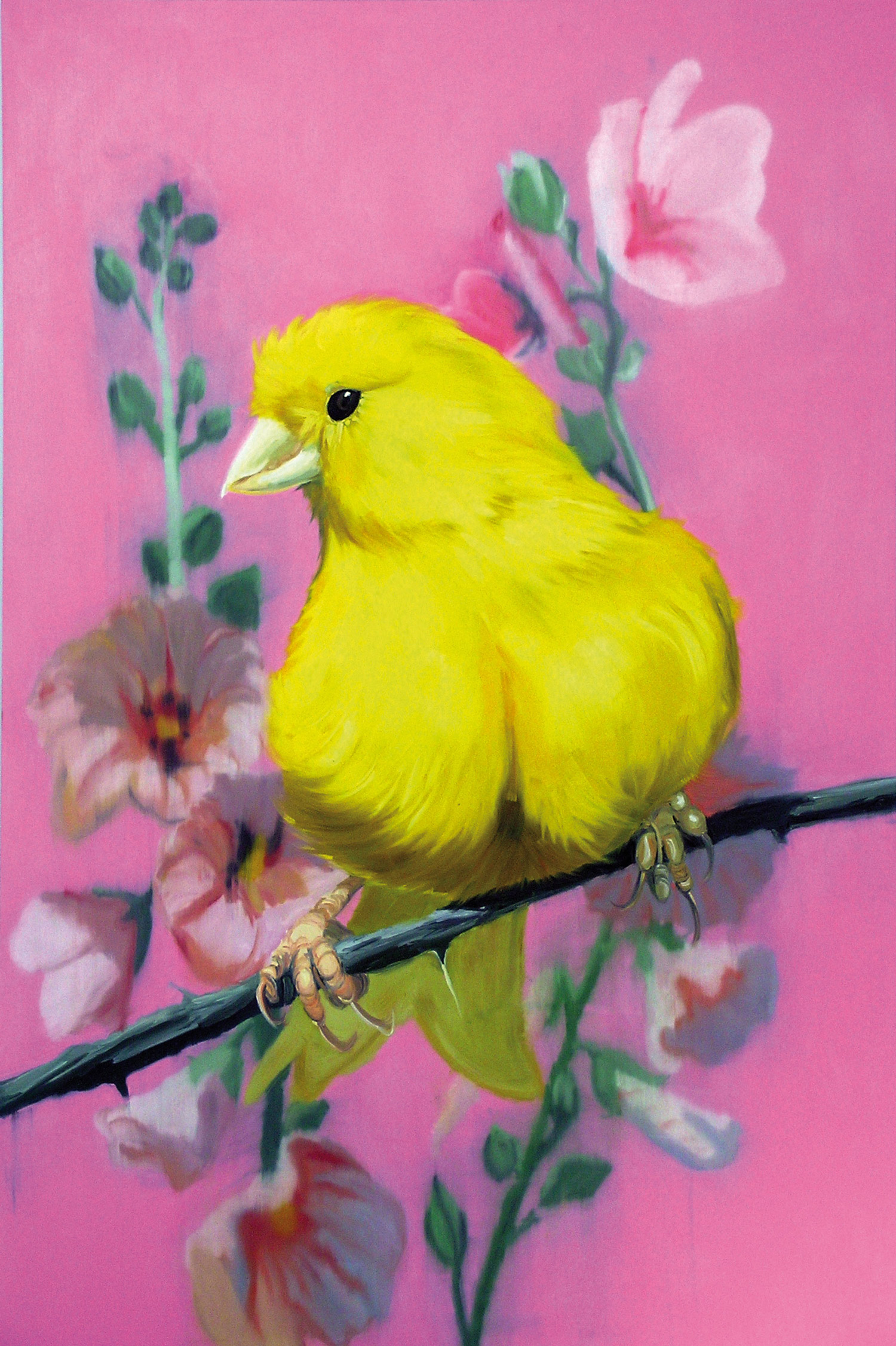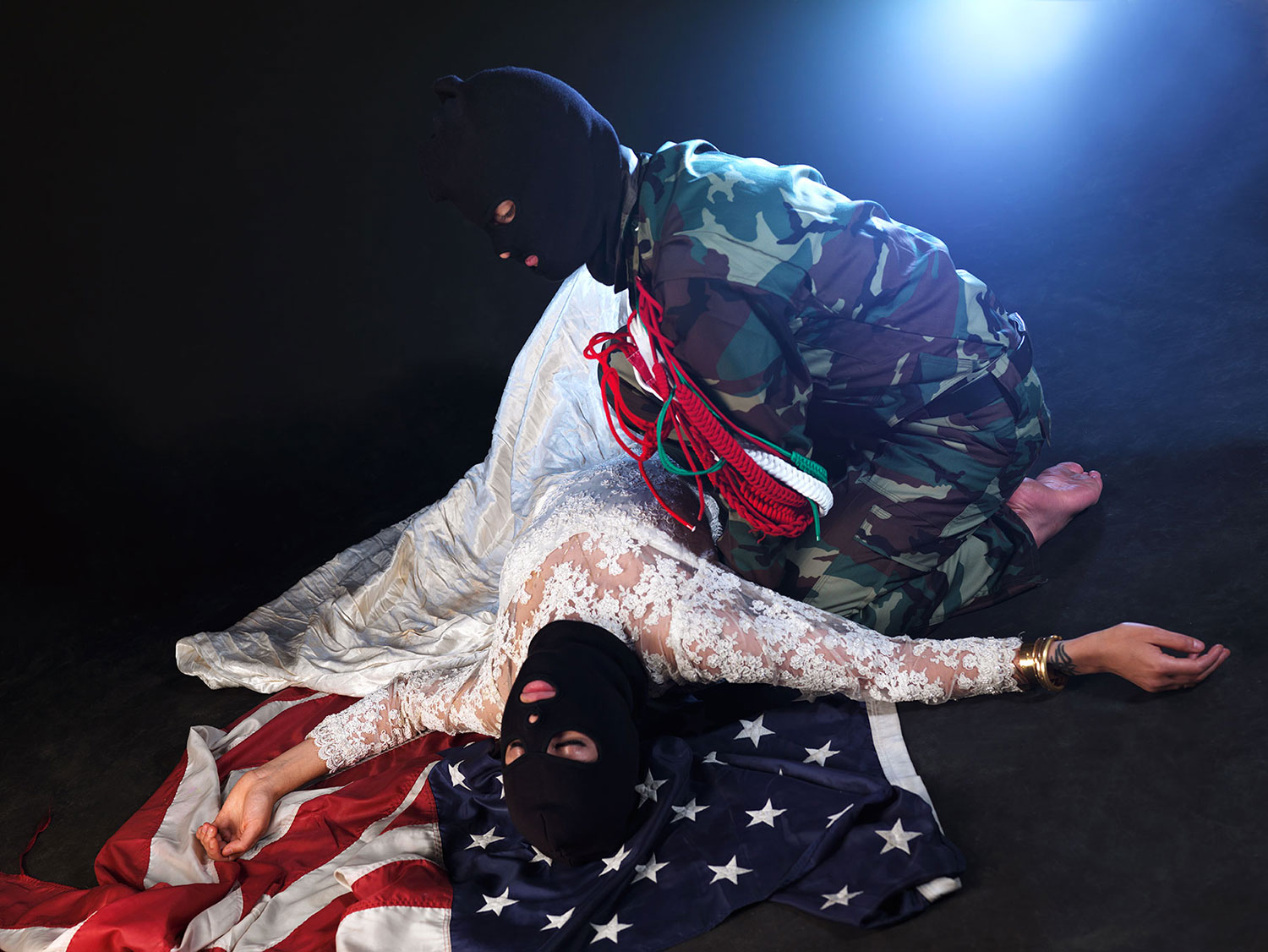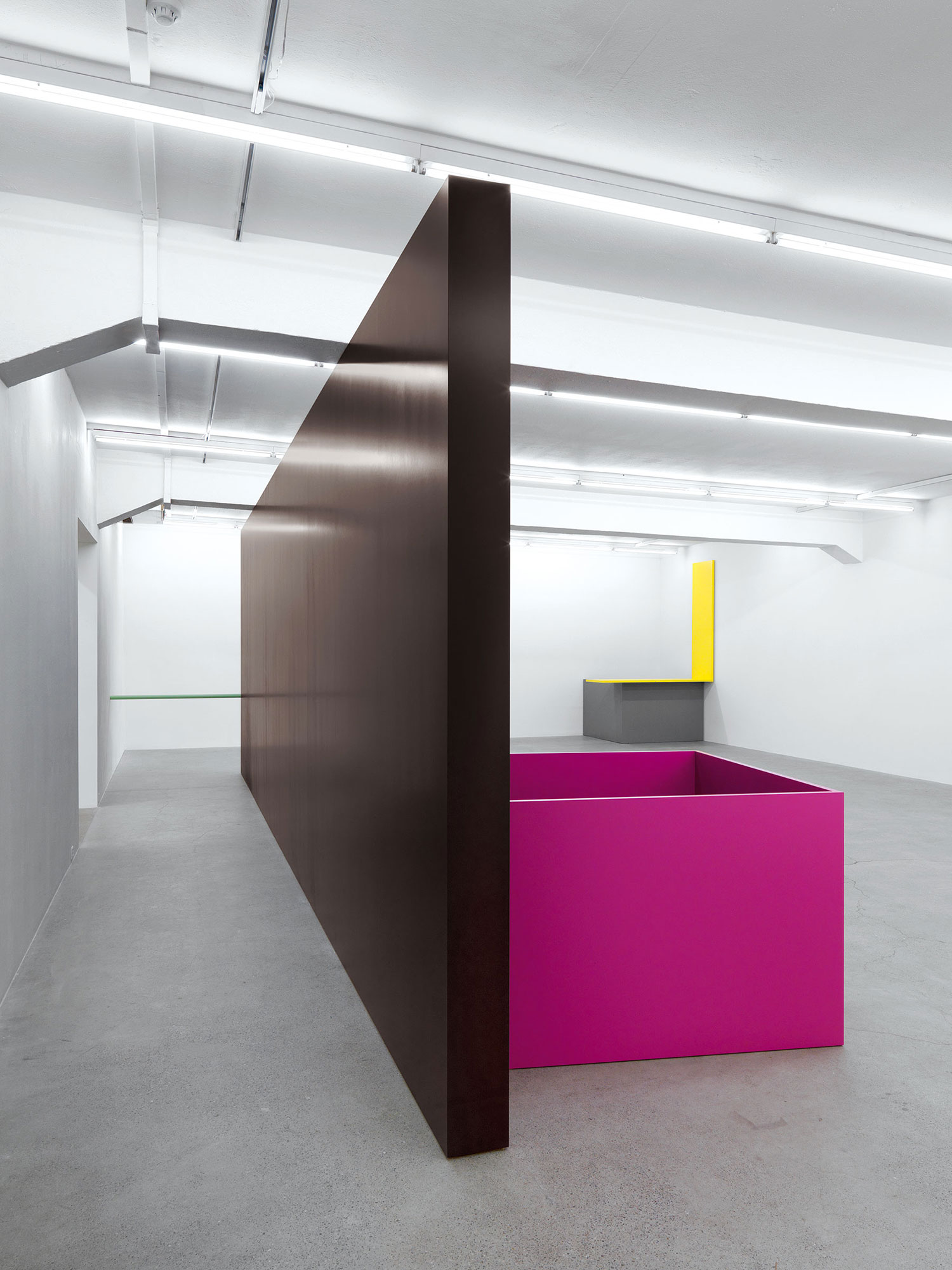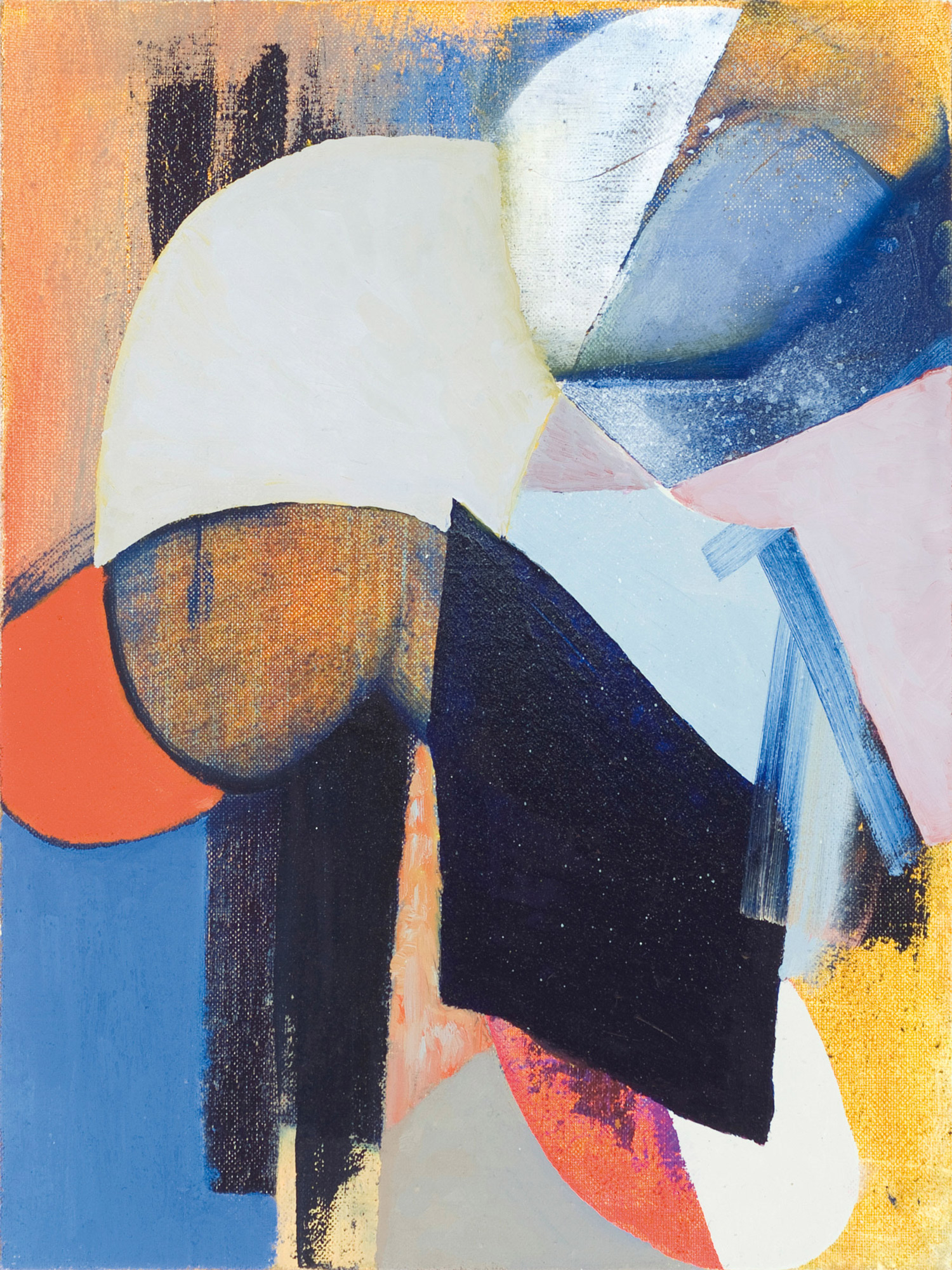
Nicola Trezzi: In 1982, you wrote the text “From Performance to Painting,” the sequel of which Catherine Wood wrote for this issue. What has changed after 27 years?
Helena Kontova: Performance, process art, body art and video art were accepted as new media during the ’60s and ’70s. New media and languages replaced traditional ones, painting was coined as dead, and then at the end of the ’70s we witnessed a return to painting, to image making and representation. They benefited from all the linguistic innovations and experiments of previous decades and were again ready to prove themselves as contemporary tools. Painting and pictorial capacities were accepted as means of our expression, and it is still very much the same now: painting and performance are connected and produce interesting synergies, and to go “back and forth” is more than ever part of our practices. We don’t even question ourselves about whether or not we are going backwards or forwards anymore, or when we go between mediums. You have artists whose tableaux vivant are inspired by painting history, which they know through cinema or other media; Spartacus Chetwynd or Ulla von Brandenburg, Luc Tuymans, Michael Borremans, Josh Smith, Jules de Balincourt, Adrian Ghenie, Victor Man, Elisabeth Peyton, Matthew Stone, Pietro Roccasalva, Matthieu Ronsse.
NT: Eight years ago, you co-founded the Prague Biennale, whose core is “Expanded Painting,” a curatorial continuation and interpretation of Rosalind Krauss’s seminal text Sculpture in the Expanded Field (1979). Could you expand further?
HK: The title “Expanded Painting” is a paraphrase of Krauss’s essay, where she defines sculpture as an expanded field in relation to landscape and architecture, and in terms of negations (‘not landscape’ or ‘not architecture’). Painting today exists in a similar way to other media like film, video, music, performance, installation. We also talk about painterly qualities in video, performance, film, installation and music. “Expanded Painting,” according to the idea that we present at the Prague Biennale, is not painting that steps necessarily out from the canvas, but is painting at 360 degrees. Any artwork that has pictorial qualities is expanded painting for us. It can be a photograph, an installation, a video. It is anything that uses painting or pictorial means.
NT: To express my perception of your invention, I would mention three Painters (the capital P is not casual) who started very traditionally and then really expanded their work. They built up an atmosphere somewhere between Dürer’s Melancholia and global exoticism; they are Victor Man, Andro Wekua and Pietro Roccasalva. To reinforce the theory, these artists have all been invited to the Prague Biennale; they also share some galleries they work with (Gladstone, Rüdiger Schöttle, Zero…) and I’ve heard Wekua recently bought a painting by Man. What do you think?
HK: Yes, there are many very interesting artists today who use painting in very traditional ways, as many as important artists from the past (Gerhard Richter, Marcel Broodthaers), and you could even exchange their work with an old master or with historical modernist work. Very good examples of this tendency are painters from the Dresden school or from Cluj, who have had good academic training in terms of painting history and tradition. We thought this kind of painting was particularly appropriate to be shown in the Prague Biennale, because of the active academic painting tradition in that part of the world, which has been connected for a long time with the constrictions of the Communist regime, but has become revitalized by contemporary culture.
NT: It seems that Relational Aesthetics deeply influenced our understanding of painting. It is now influenced by performance, participation and generally by an attention to space that is no longer two-dimensional, like a canvas, but rather multi-dimensional.
HK: Exactly, this is what we also mean by painting at 360 degrees. If you think of artists who participated in Prague such as Jacob Dahlgren, Jan Christensen, Ulla von Brandenburg, Victor Man or Andro Wekua, our concept is illustrated by the fact that an installation of incidentally thrown darts, a wooden sculpture, wall drawing or video work can create an image with pictorial qualities.
NT: For two days, Daniel Richter, whose paintings are estimated between $350,000 to $600,000, joined street artists who make portraits in front of the Pompidou. Richter earned just €50, which his wife consequently used to let herself be drawn by a Taiwanese artist working next to her husband. Over the course of two days, Richter was accompanied by Niklas Maak, of the Frankfurter Allgemeine Zeitung, who published a long article about the entire event. Do you think Richter’s project is also “Expanded Painting”?
HK: Performance and communication is one of the most important parts of our culture and of contemporary art. As Relational Aesthetics and many art practices recently have shown, traditional painting can also be part of such a process. As Richter’s participation among street painters was meant as performance, surely we can consider this gesture and all further evolution of it as Expanded Painting…

NT: Going back in the history of painting, I would say that the first artist to develop this interest was Edvard Munch. He wanted his paintings to physically ‘mature,’ preferably in the open air, and he allegedly approved of the softening of his somewhat glaring colors by dust and dirt, once professing that a real Munch painting should show some holes and scratches. According to his biographers, Munch referred to this handling and its results as a “kill or cure” treatment, or, using the Norwegian term “hestekur” [Horse Cure], a cure reserved for tough beasts. This made me think of the Guggenheim who just invited the artist Assume Vivid Astro Focus to do a workshop in conjunction with the Kandinsky show. What do you think is the new “hestekur”?
HK: ‘Natural’ elements are often part of processes. We know this from many art works beginning in the ’70s and continuing through today. Jan Christensen executed a monochromatic wall painting at the Prague Biennale on an old deteriorated external wall of the Karlin Hall. It completely disappeared under the rain and dust by the end of the exhibition; this is one example of “hestekur,” but there might be many other examples. Eric Doeringer’s bootlegs might be seen as a “hestekur” of a collector’s obsession to own paintings by famous artists. Or Jacob Dahlgren’s casual patterns created by visitors of the Biennale with red darts, thrown by anybody who wanted to participate in the game.
NT: Back to Munch, I do think the Nordic area is probably the most interesting in that sense: from Ragnar Kjartansson, who transformed the Icelandic Pavilion into a makeshift studio for the Biennale, relentlessly painting the portrait of a young man posing day after day for six months against the backdrop of the Grand Canal; to Ylva Ogland, who transformed the Swiss Institute as well as a vodka distillery, documenting everything through painting; or even the ironic interpretations of the Cobra Group by Ida Ekblad or Jacob Dahlgren, who has been wearing striped T-shirts for the last 10 years, impersonating a Buren-like, moving abstract painting. Is this the new frontier?
HK: Yes, I suppose those are all very good examples of expanded painting in everyday life. There are many examples of those processes in the best artworks of today. If you think of some of Piotr Uklanski’s installations, or Jorge Pardo, who created environments for our everyday use, the interchange between visual culture and everyday processes are coherent in contemporary art practices.





